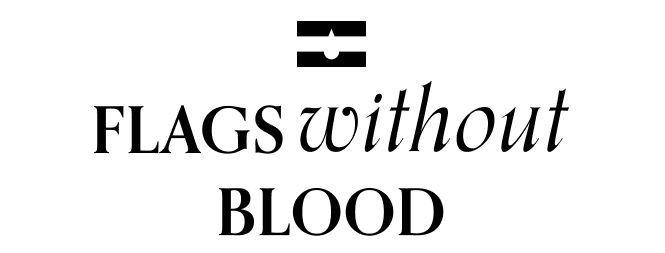🇱🇹
Lithuania
The current Lithuanian flag could not be used for almost 50 years. The ban began in 1940 when the country was invaded by the Soviets. A year later, the Nazis occupied the territory, which was re-invaded in 1943 by the Soviet Union. The Soviet domination would last until 1990.
Lithuania’s independence came through a peaceful and coordinated movement with neighboring countries Latvia and Estonia. Such initiatives are rarely well succeeded, and when the national flag was finally raised, nothing in it referred to this day when peace won.
On the contrary, the flag still presents its red stripe symbolizing the blood shed during the country’s history.
⊞
Lithuania Without Blood
⊟
Colors
Two of the current flag colors were maintained: Green symbolizes forests, and yellow represents the soil fertility. In our proposal, we added white to depict the peaceful nature of the independence movement.
⊡
Elements
Our inspiration came from the traditional Lithuanian
embroidery and its geometric shapes.
With them, we were able to celebrate the most
important date for Lithuanians.
The country gained independence on the 11th.
The month was March 1990.
The representation of March 11 with a unique and simple design reinforces the nation’s identity and its desire for an emancipated and peaceful future. The flag also represents the three Baltic countries that became independent together.









